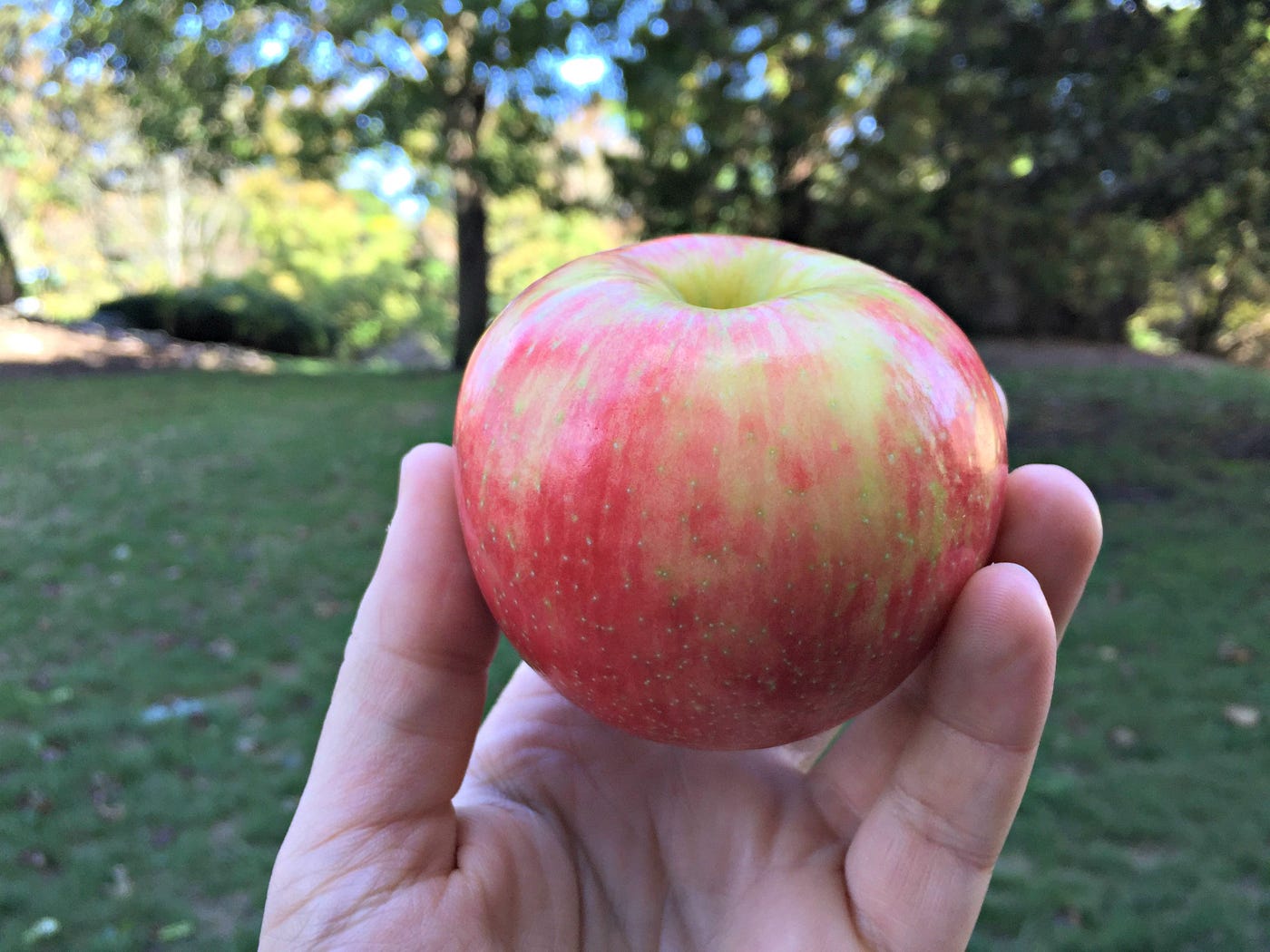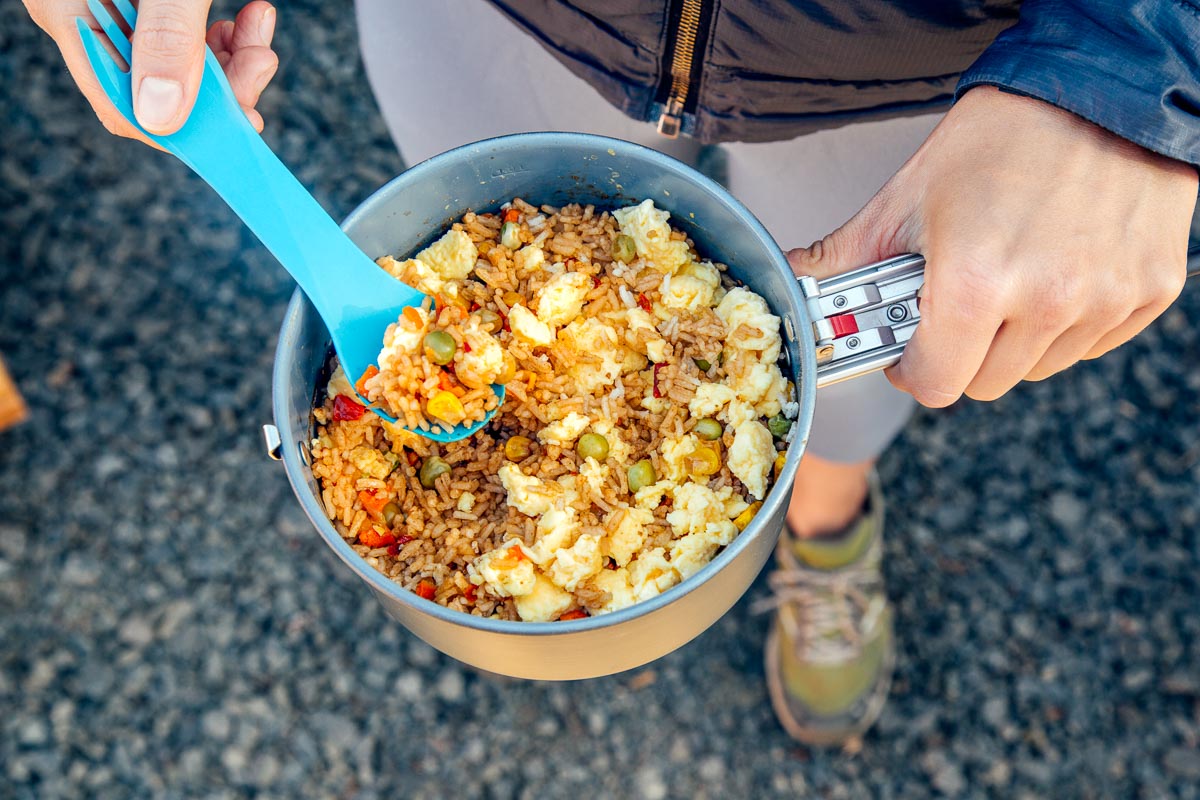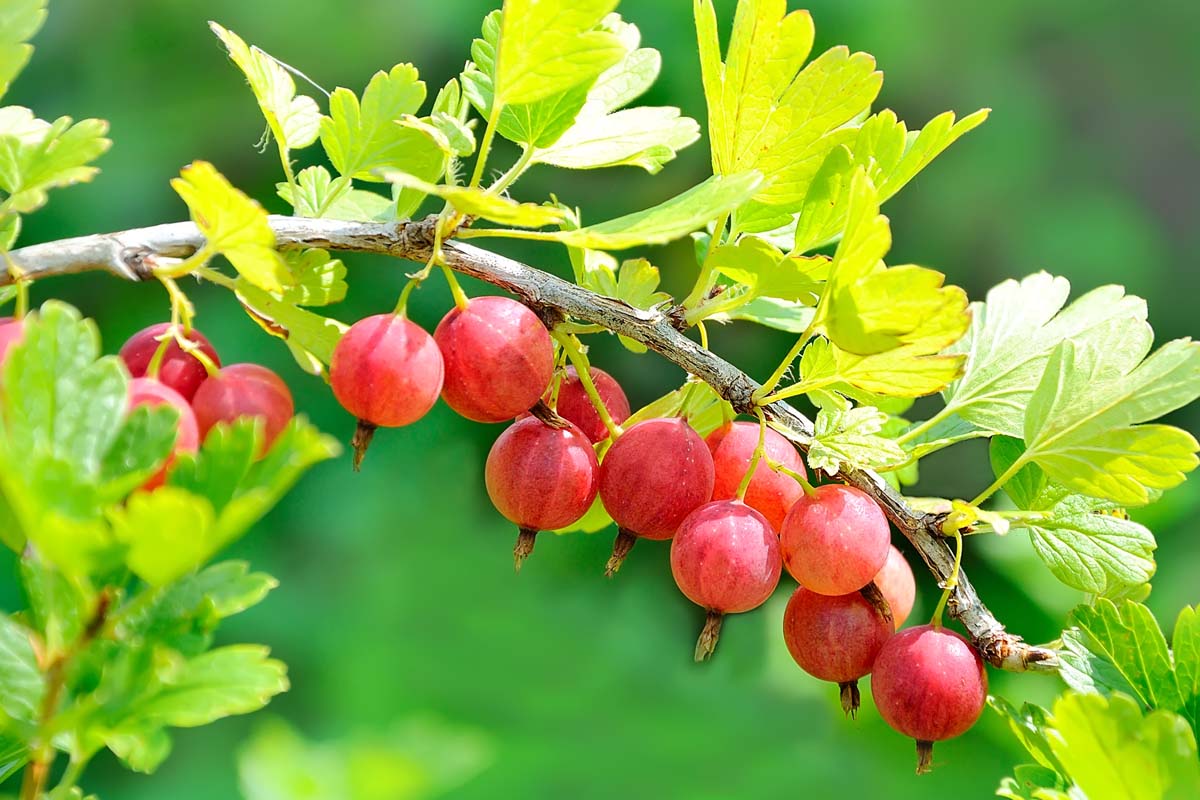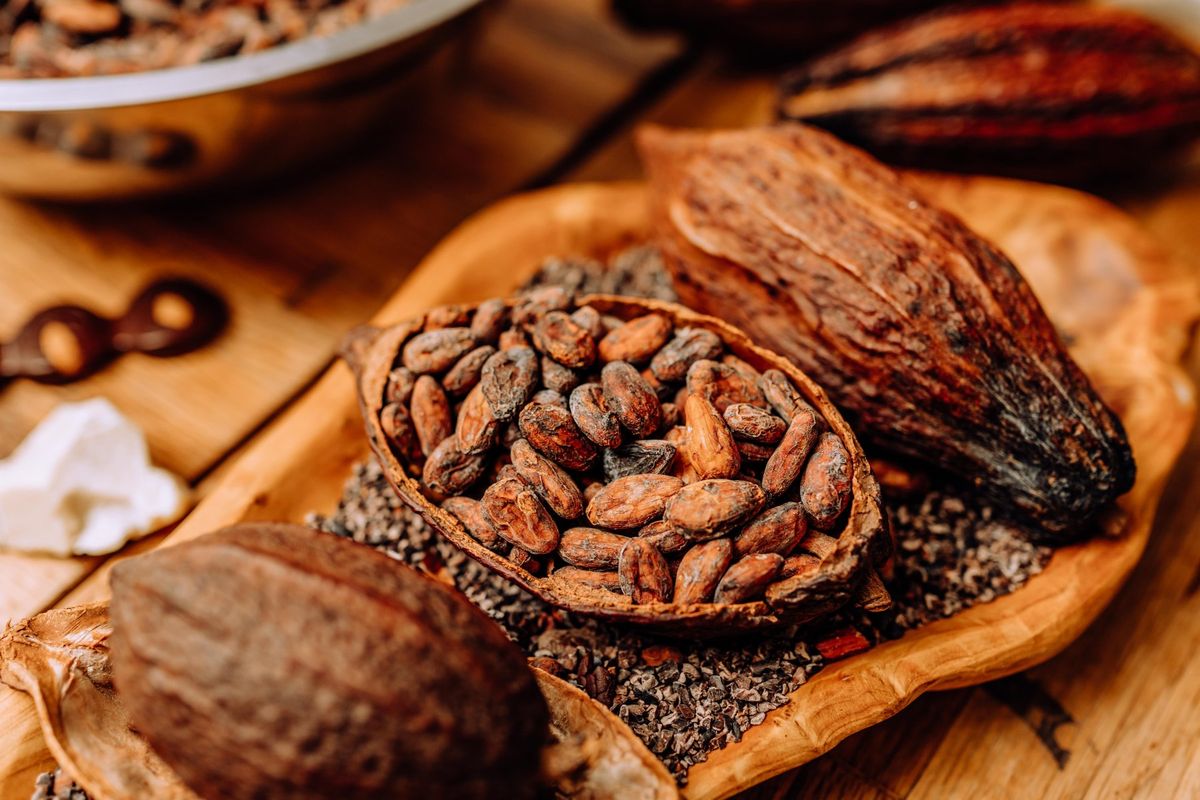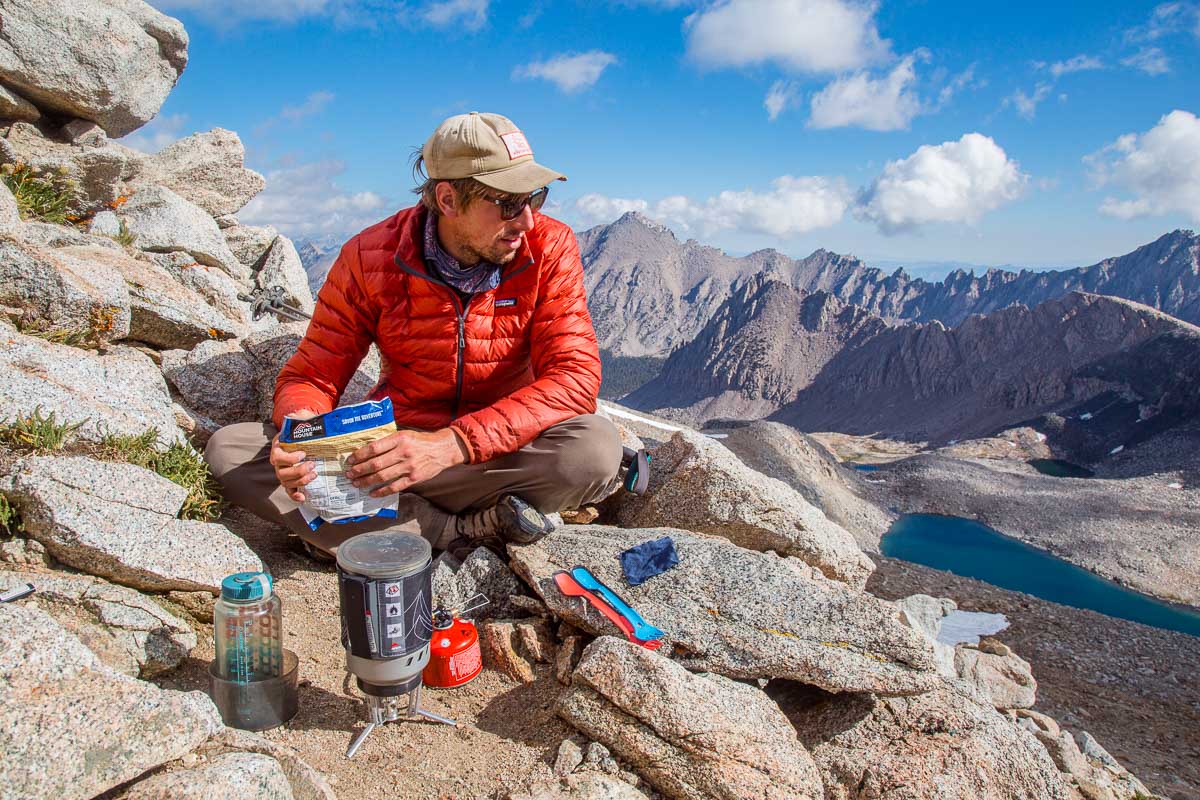When it comes to embarking on the adventure of hiking the Appalachian Trail, one of the most important aspects to consider is your food plan. Proper nutrition and meal preparation are essential for sustaining the energy and stamina needed to conquer the challenging terrain and long distances. Here are some valuable tips on how to eat well while trekking through the Appalachian Trail.
Plan Your Meals in Advance
Before hitting the trail, it's crucial to plan your meals meticulously. Consider the duration of your hike and calculate the number of meals you'll need. Create a detailed meal plan that includes a variety of nutritious and lightweight options. This will help you avoid carrying excessive weight while ensuring you have enough sustenance for the journey.
Pack Lightweight and Nutrient-Dense Foods
Given the physical demands of hiking, it's important to prioritize lightweight, nutrient-dense foods that provide the necessary energy without adding excessive bulk to your pack. Opt for dehydrated meals, nuts, seeds, dried fruits, and energy bars. These items are not only lightweight but also packed with essential nutrients and calories.
Embrace Variety in Your Diet
While it's important to focus on lightweight options, it's also crucial to maintain a varied and balanced diet. Incorporate a mix of carbohydrates, proteins, and healthy fats into your meals. Include a variety of food items such as instant rice and pasta, dehydrated vegetables, jerky, nut butter, and powdered milk. This will help ensure that you're getting a diverse range of nutrients to support your physical exertion.
Consider Resupply Points
As you plan your food supply, take into account the resupply points along the trail. These are locations where you can restock your provisions. Research the resupply options available and plan your meals accordingly. This will help you avoid carrying excessive amounts of food while ensuring you have access to necessary supplies along the way.
Stay Hydrated
In addition to food, proper hydration is essential for maintaining your energy levels and overall well-being during the hike. Carry a reliable water filtration system to ensure a sustainable supply of clean water throughout your journey. Consider electrolyte-replenishing drinks to maintain a healthy balance of fluids and minerals in your body.
Mindful Eating and Food Safety
While on the trail, practice mindful eating to fully appreciate and savor your meals. Take the time to enjoy the nourishment your food provides, and be mindful of your body's hunger and fullness cues. Additionally, prioritize food safety by properly storing and handling your provisions to prevent spoilage and foodborne illnesses.
Leave No Trace
As you consume your meals along the trail, it's important to adhere to the principles of Leave No Trace. Properly dispose of food waste and packaging, and avoid leaving any trace of your meals in the natural environment. This helps preserve the pristine beauty of the trail and minimizes the impact on the ecosystem.
Conclusion
Eating well on the Appalachian Trail is a vital component of a successful and enjoyable hiking experience. By carefully planning your meals, prioritizing lightweight and nutrient-dense foods, and staying mindful of hydration and food safety, you can ensure that your nutritional needs are met while trekking through this iconic trail. With the right approach to food and nutrition, you'll be well-equipped to conquer the challenges and relish the breathtaking journey that the Appalachian Trail offers.


